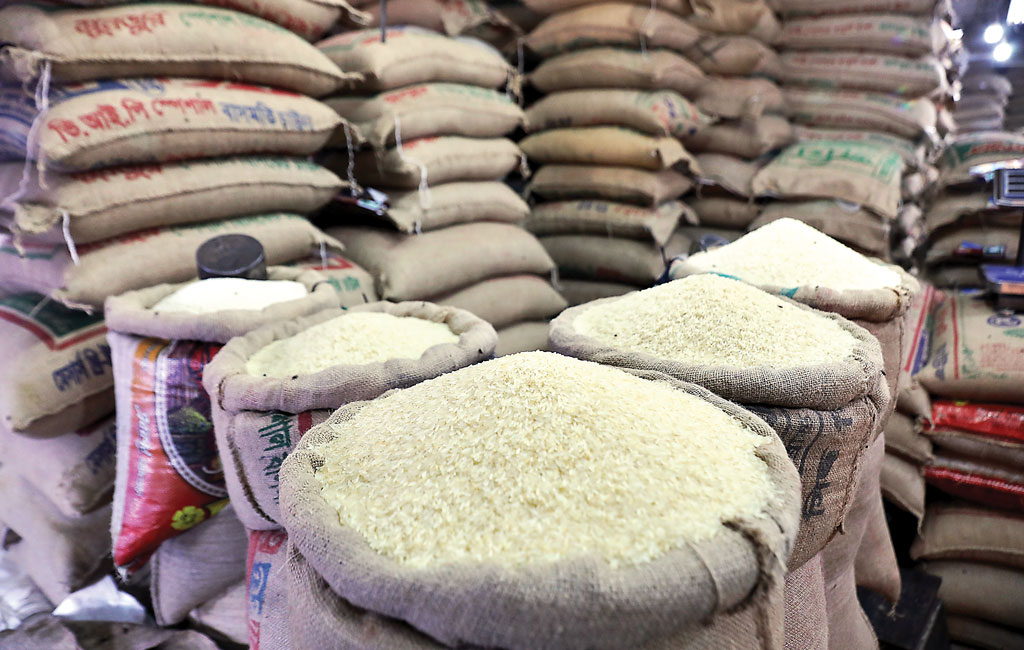RIO DE JANEIRO, BRAZIL – Agriculture Minister Tereza Cristina said yesterday, September 10th, that the government has taken the required measures to try to contain the rise in the price of rice and prevent a shortage of the product on supermarket shelves.
“The measures that could be taken, were so, to provide stability and balance in respect to this product,” she said on a video published on her social media.
“Brazil has abandoned the import tax, so that foreign products could come in and balance prices. We have opened only one quota, because we don’t need much rice, but this is a reserve quota, so that we may have reassurance that the price will come back, it will be balanced, and that the product will remain on the shelves for all Brazilians,” she added.

Import tax
On Wednesday, September 9th, the Foreign Trade Chamber (CAMEX), linked to the Ministry of Economy, decided to zero the import tax rate for two types of rice. The tariff exemption will be effective until December 31st this year.
The temporary reduction is restricted to a quota of 400,000 tons, levied on non-parboiled hulled rice and semi-milled or milled rice, according to the Mercosur Common Nomenclature (NCM).
Until now, the Common External Tariff (TEC) on the product was 12 percent for processed rice and ten percent for paddy or whole rice, applicable only to countries outside Mercosur. Within the regional economic bloc, which includes Brazil, Argentina, Paraguay and Uruguay, the import tariff is already zero.
Thailand and USA
Earlier, in an interview with Rádio Gaúcha, Teresa Cristina commented that most of the rice to be imported tariff-free should come from Thailand and the United States, which produce the same type of product consumed in Brazil.
Also according to the Minister, the price of rice in recent years was below its market value, due to a drop in production that impacted the size of the area produced in the country.
“In the past, rice prices were very low for many years. We had a drop in the production area and rice today has a higher price. But it is on shelves, it will remain on shelves,” she said.
Price rise
Since the start of the year, the shelf price of rice has accumulated an increase of over 21.2 percent, according to the São Paulo Supermarkets Association (APAS).
According to the Center for Advanced Studies in Applied Economics of the University of São Paulo (Cepea/USP), the price of a 50 kg bag of rice, sold by the producer, has fluctuated by over 107 percent over the past 12 months, reaching close to R$100.
The reasons for the rise are a combination of the dollar’s appreciation against the real, the increase in exports and the drop in the harvest. In some supermarkets, the product, which used to cost approximately R$15 for the 5 kg package, is now selling for up to R$40.

